Have you ever caught your cat staring longingly out the window as you close the door behind you? It’s a heart-tugging moment that makes many cat lovers wonder: do our feline friends feel sadness when we leave, or are they just uncertain about what’s going on? If you’ve ever pondered what swirls behind those mysterious cat eyes, you’re not alone. Understanding what our cats truly feel can deepen our bond with them and help us make their lives happier and more secure.
Decoding Cat Emotions: More Than Meets the Eye

Cats have a reputation for being independent, but recent research has shown that their emotional world is far more complex than once believed. While dogs openly display their affection and sadness, cats often keep their feelings hidden. Yet, subtle signs like a change in posture, vocalizations, or avoidance can reveal much about their inner state. Unlike humans, cats may not shed tears, but that doesn’t mean they don’t experience emotions such as sadness or uncertainty. Their emotions are just wrapped in layers of feline mystery, making it trickier for us to read them.
The Science Behind Cat Attachment
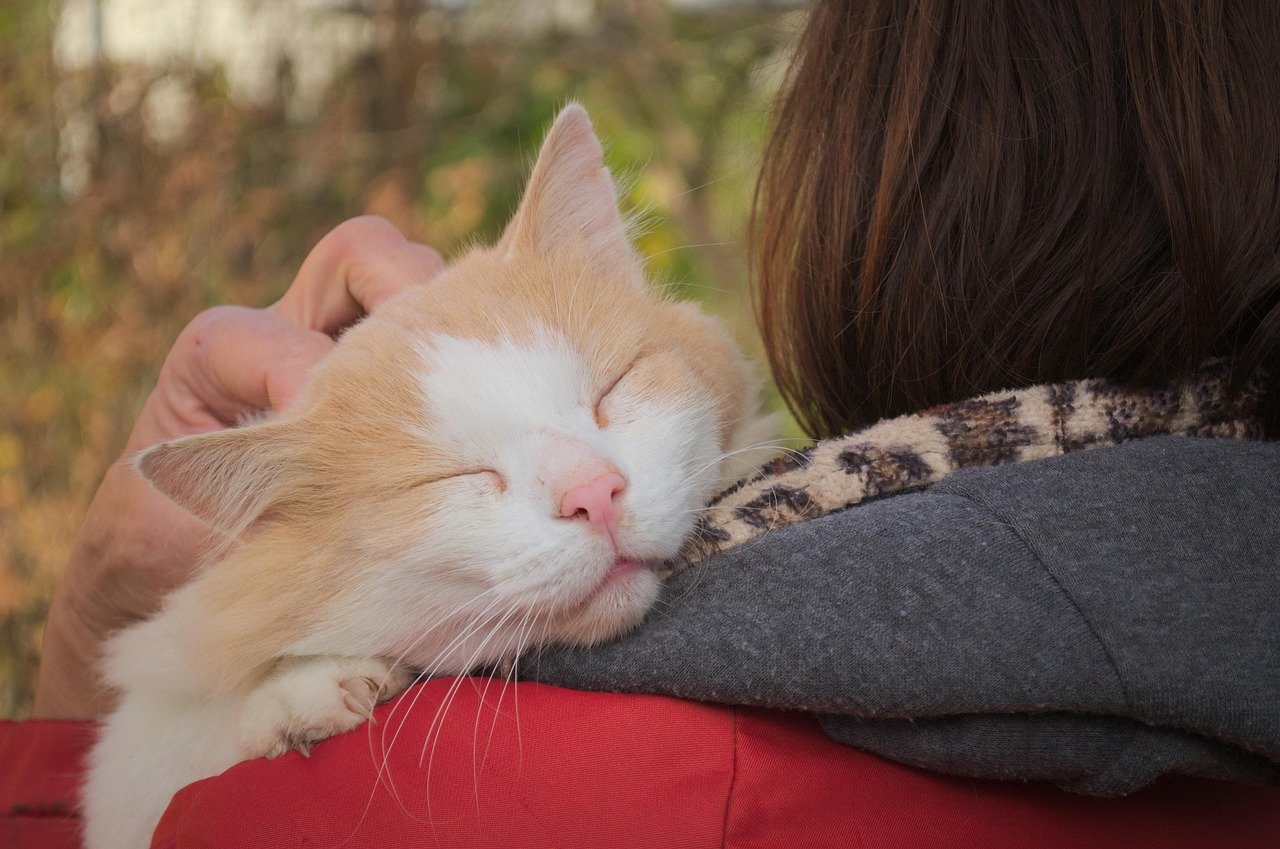
Studies on feline attachment prove that cats can form strong bonds with their owners. Some research even suggests that cats may see us as a source of safety and comfort, much like children view their parents. When you leave, your cat isn’t just losing a food provider, but also the anchor of her world. Scientists have observed behaviors in cats that are similar to the “secure base effect” in children, which means your presence matters much more to your cat than you might think.
Signs Your Cat Misses You

When you’re gone, your cat might display certain behaviors that hint at missing you. These can include excessive meowing, waiting by the door, or even neglecting their food. Some cats may seem aloof but become extra clingy once you return. Others might act out with destructive behaviors, like scratching furniture or knocking things over. These actions aren’t just random; they may be your cat’s way of coping with your absence.
Understanding Cat Sadness: Fact or Fiction?
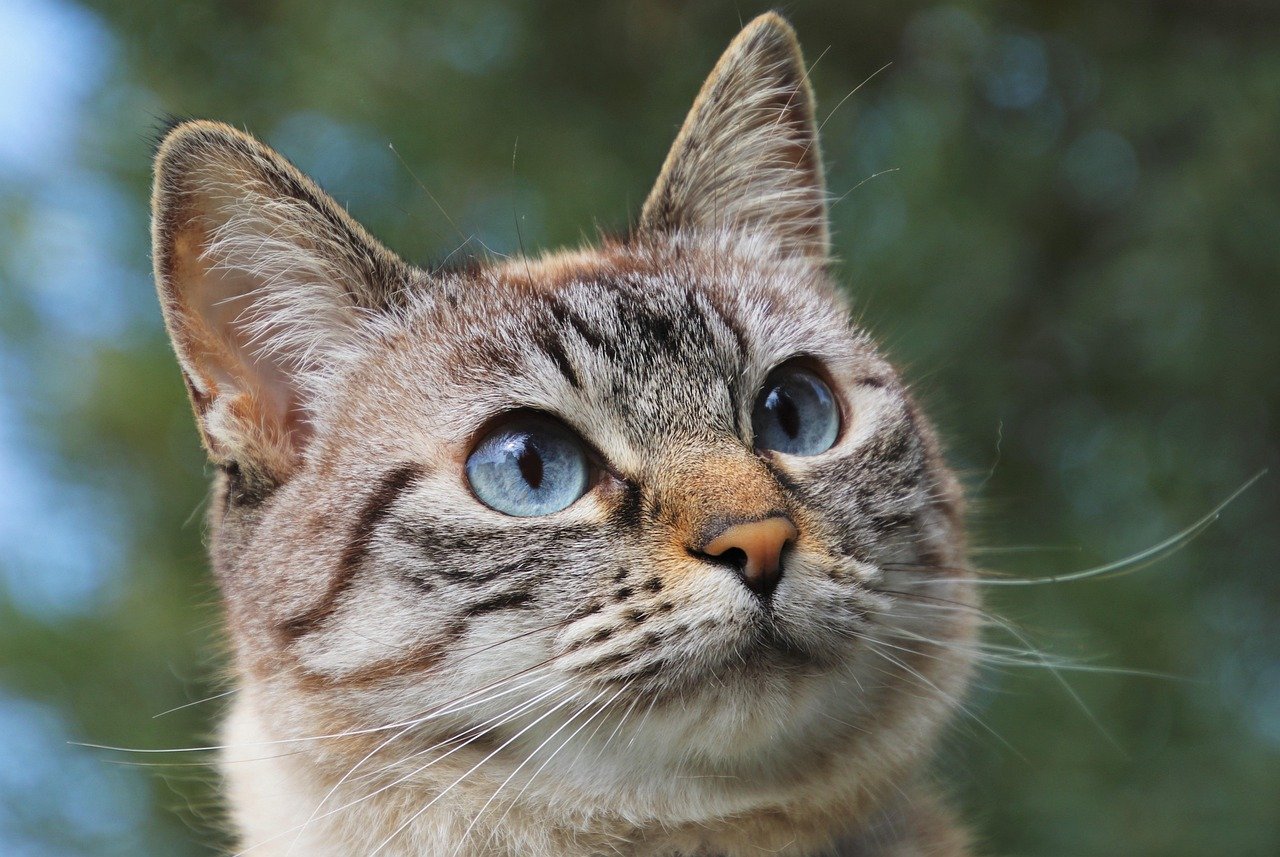
It’s easy to project human emotions onto our pets, but do cats truly feel sadness? While we can’t ask them directly, many feline experts believe cats do feel a version of sadness. This might not look like a human’s sorrow, but rather manifests as withdrawal, loss of interest in play, or changes in grooming. The emotional spectrum of cats may include sadness, especially if their routine changes or if they lose contact with their favorite person.
Uncertainty in Cats: A Natural Response
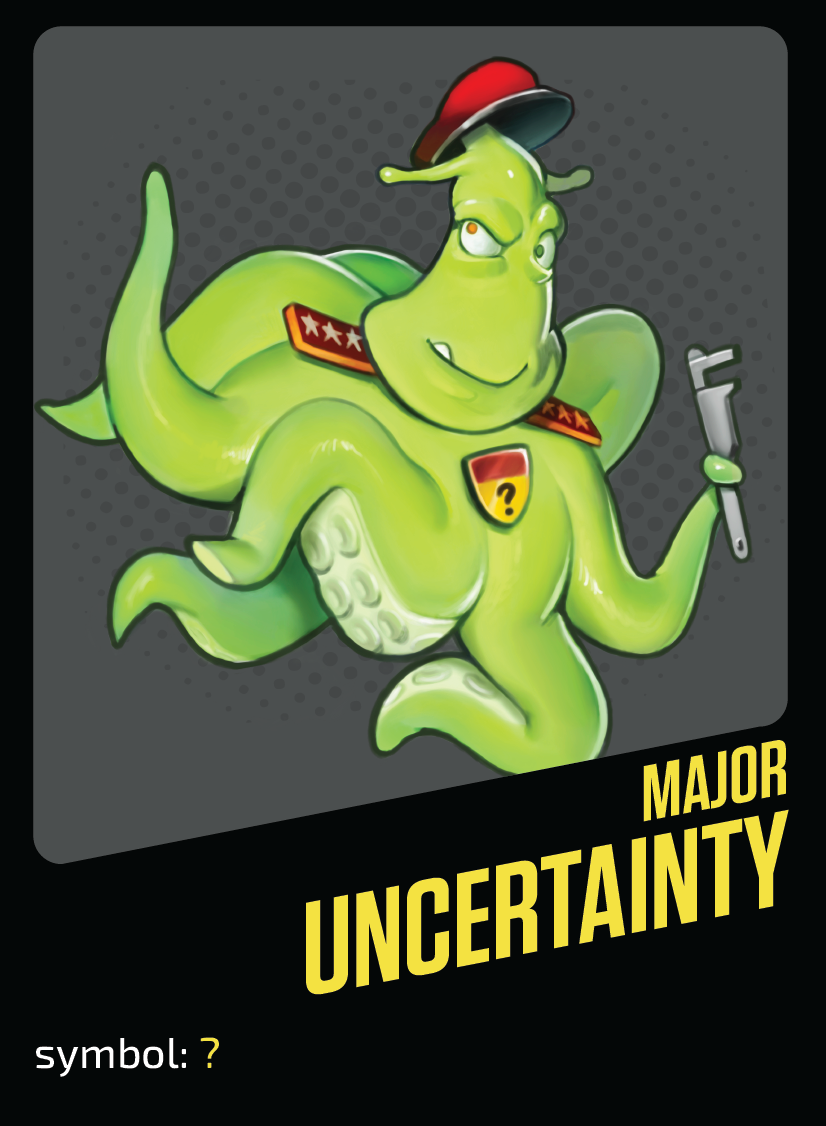
Cats are creatures of habit, and any disruption to their daily rhythm can make them feel uncertain. When you leave, especially on an unplanned schedule, your cat might not understand what’s happening. This uncertainty can lead to stress and anxious behaviors, like pacing or hiding. For many cats, uncertainty is more distressing than sadness itself, causing them to feel unsettled until things return to normal.
How Cats Show Their Feelings When You’re Gone

Feline emotions can be subtle, but there are telltale signs that your cat is affected by your absence. Some cats become quieter, while others meow more frequently. You might notice your cat searching for you, sniffing your belongings, or curling up in places that smell like you. On the other hand, some cats might retreat under beds or into closets, avoiding contact until they feel secure again.
Do All Cats React the Same Way?

Just like people, every cat is unique. Some cats seem unbothered when their humans leave, while others become visibly distressed. Age, personality, and past experiences all play a role in how a cat reacts. Kittens and younger cats may show more anxiety, while older cats who are used to your routine may take your absence in stride. Cats who have been rehomed or abandoned in the past may also be more sensitive to you leaving.
Attachment Styles in Cats

Cats show different styles of attachment to their owners. Some are “securely attached,” feeling confident when you’re around and coping well when you’re gone. Others are “insecurely attached” and may show clinginess, anxiety, or destructive behaviors. Recognizing your cat’s attachment style can help you predict how she’ll react when you leave and what you can do to ease her stress.
Separation Anxiety: Not Just for Dogs
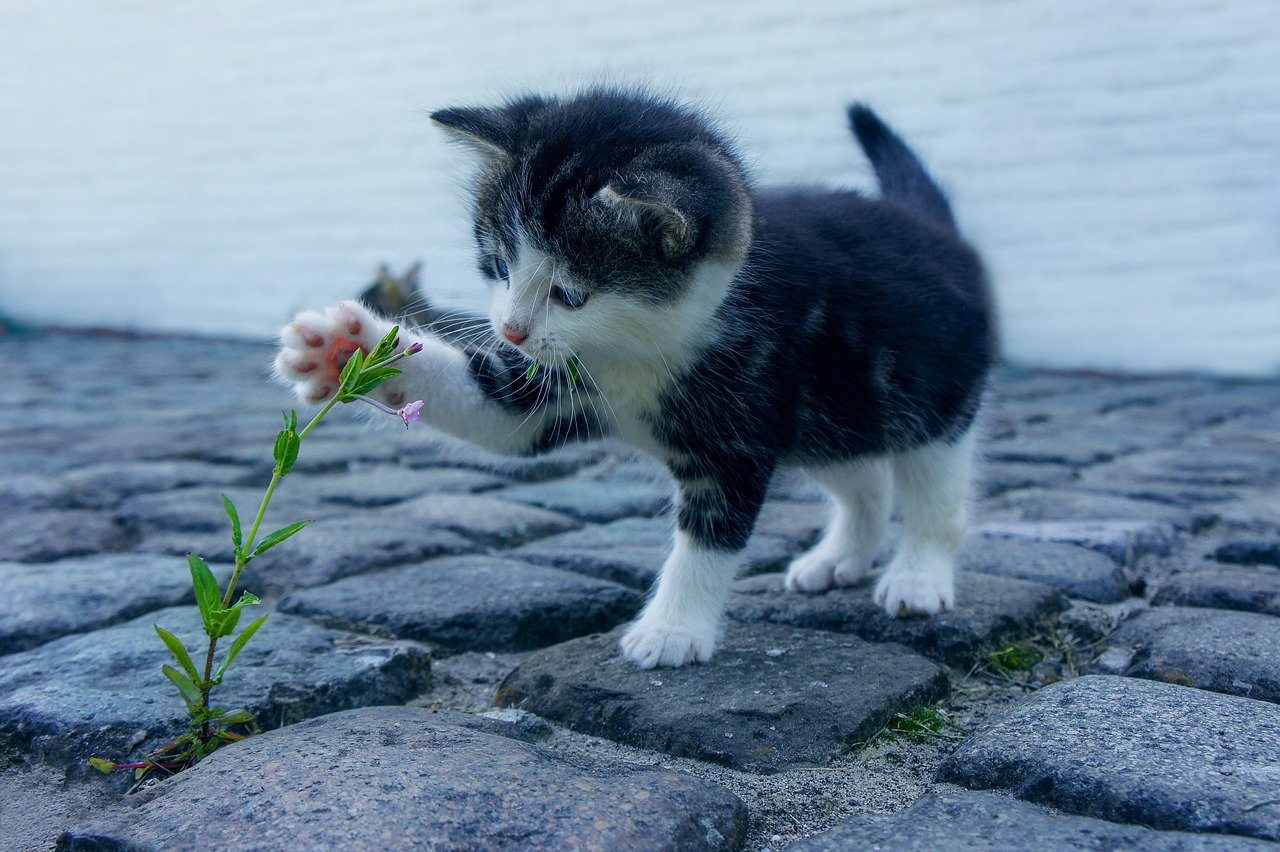
While separation anxiety is commonly associated with dogs, cats can struggle with it, too. Signs of feline separation anxiety include excessive vocalization, bathroom accidents outside the litter box, or obsessive grooming. These behaviors can be distressing for both you and your cat. Understanding that cats are capable of such deep emotions can help you support them better.
Behavioral Changes When You Leave

You might notice your cat’s routine shifting when you’re not home. She might sleep more, play less, or refuse to eat. Some cats even develop repetitive behaviors, such as pacing or licking their fur excessively. These changes are your cat’s way of coping with the uncertainty and absence of her favorite human.
Clinginess and Over-Attachment
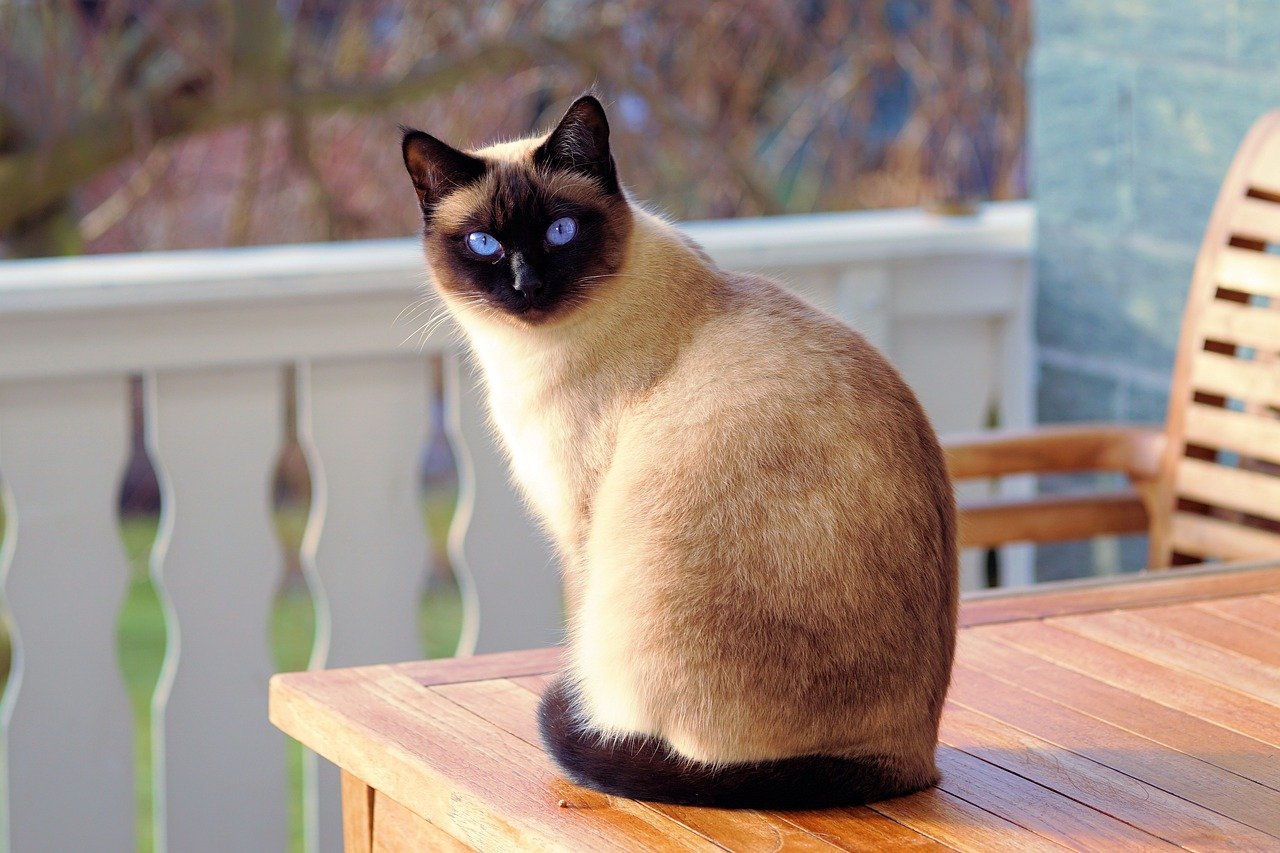
When you return home, does your cat follow you from room to room or demand extra attention? This clinginess can be a sign that your cat missed you and felt uneasy during your absence. Some cats may even become “velcro cats,” sticking by your side almost constantly after you return. This behavior might be endearing, but it’s also a sign that your cat is seeking reassurance.
Environmental Enrichment: Easing the Blues
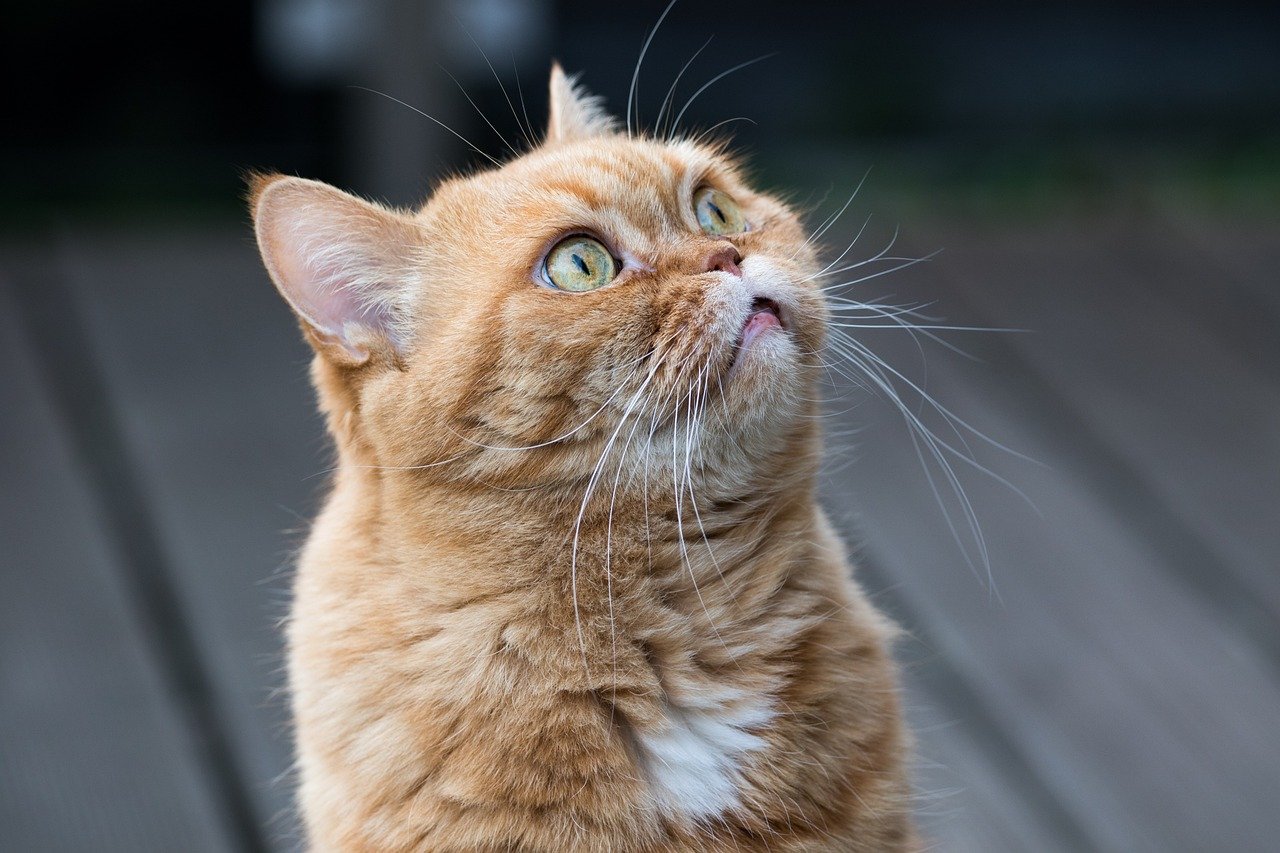
One way to help your cat cope with your absence is by making her environment more stimulating. Toys, scratching posts, and window perches can keep her entertained and distracted. Puzzle feeders or treat-dispensing toys also provide mental stimulation. These enrichment tools help reduce boredom and uncertainty, making your cat’s alone time less stressful.
The Role of Routine in Cat Happiness

Cats thrive on routine, so keeping a predictable schedule can ease their uncertainty when you leave. Feeding, playtime, and cuddles at the same times each day help your cat know what to expect. If you’re planning to be away more than usual, try to keep other aspects of your cat’s life consistent. Even small changes, like moving the litter box or changing mealtimes, can add to your cat’s stress.
Leaving Comfort Items Behind

A familiar scent can work wonders in soothing your cat. Leaving behind an unwashed shirt or blanket that smells like you can provide comfort and reassurance. These items act as a bridge between your presence and absence, helping your cat feel you’re still near even when you’re not.
Interactive Technology for Cat Companionship

In today’s world, technology offers creative ways to keep in touch with your cat while you’re away. Pet cameras and treat dispensers allow you to check in and interact with your cat remotely. Some even feature two-way audio so you can talk to your furry friend. While technology can’t replace you, it can help bridge the gap and ease your cat’s uncertainty.
Signs of Contentment Upon Your Return
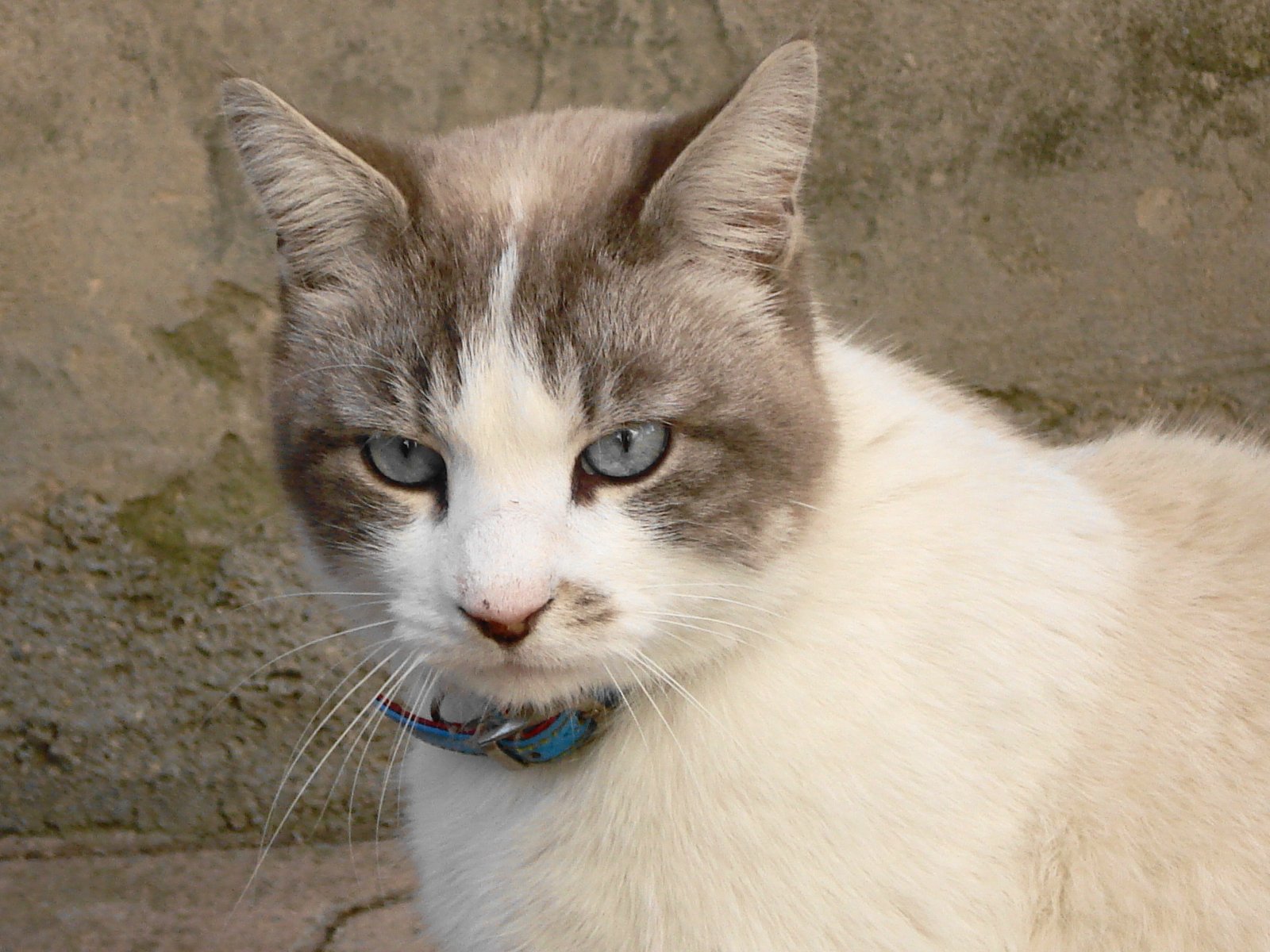
When you come back home, pay attention to how your cat greets you. A flurry of purrs, head butts, or playful antics are all signs your cat is happy to see you. Some cats might display a more reserved welcome, but subtle cues like slow blinks or gentle rubbing show their affection. These moments highlight the strong bond between you and your cat.
Feline Memory and Emotional Recall

Cats have excellent memories, especially when it comes to people they care about. Your cat remembers your scent, voice, and behaviors. If you’re away for a while, your cat might initially act aloof, but deep down, she remembers the comfort and safety you provide. This memory fuels both her sadness when you leave and her joy when you return.
Helping Your Cat Adjust to Alone Time

Gradually getting your cat used to being alone can reduce anxiety. Start by leaving her for short periods and gradually increase the time. Offer treats or special toys just before you leave, so your cat associates your departure with positive experiences. Over time, your cat may become more confident and relaxed about being on her own.
When to Seek Help for Your Cat’s Distress

If your cat’s behavior changes drastically when you leave, it might be time to consult a veterinarian or animal behaviorist. Persistent crying, refusal to eat, or destructive actions can be signs of deeper distress. Early intervention can prevent problems from escalating and help your cat feel more secure, even in your absence.
Building a Stronger Bond With Your Cat

Spending quality time with your cat every day strengthens your relationship and builds trust. Play, grooming, and gentle cuddles reassure your cat of your love. The more secure your cat feels, the better she’ll handle your time apart. Remember, your presence is a source of comfort, security, and happiness for your feline friend.
Hi, I’m Bola, a passionate writer and creative strategist with a knack for crafting compelling content that educates, inspires, and connects. Over the years, I’ve honed my skills across various writing fields, including content creation, copywriting, online course development, and video scriptwriting.
When I’m not at my desk, you’ll find me exploring new ideas, reading books, or brainstorming creative ways to solve challenges. I believe that words have the power to transform, and I’m here to help you leverage that power for success.
Thanks for stopping by, Keep coming to this website to checkout new articles form me. You’d always love it!






